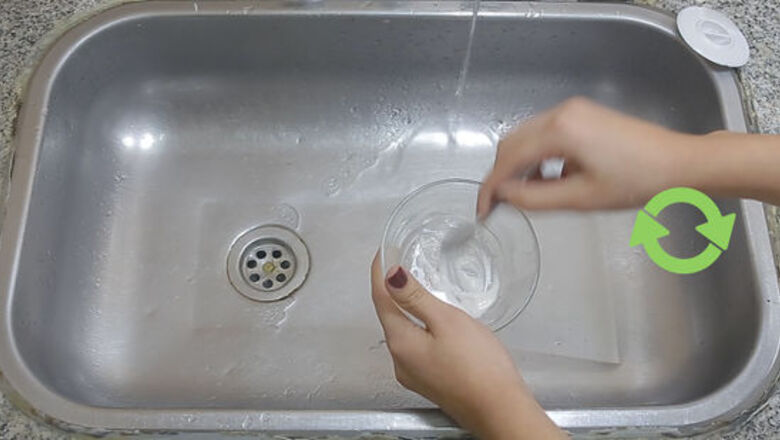
views
X
Expert Source
James SearsHouse Cleaning Professional
Expert Interview. 28 August 2019.
Washing and Drying Your Pan
Wash your pan by hand after every use. Don’t wash your pan in the dishwasher, even if the manufacturer labels it as dishwasher-safe. Clean your pan with a mild, soft soap and a soft cloth or sponge. Rinse the pan with lukewarm, not hot, water. To best remove dirt and grime, use a nylon or microfiber cloth or sponge. You can find these at home goods stores or online. Dishwashing detergent and hot temperatures can shorten the life of your pan. If you merely wipe the pan down with a towel instead of washing it, stuck-on residue can cook and stain during the next use of your pan.
Soak the pan in warm, soapy water. Squirt about a teaspoon of dish soap into the pan. Place the pan into a stopped-up sink. Fill the sink with warm water. Let the pan soak for ten to twenty minutes, then hand wash it again. Dish soap is made to remove bacteria as well as break up grease and residue.
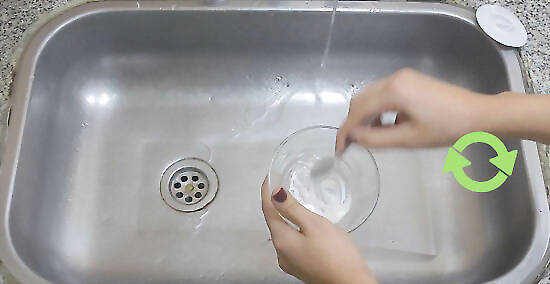
Scrub stubborn gunk with a baking soda paste, if needed. Mix equal parts water and baking soda to form a paste. Dip a non-metallic brush or sponge into the paste, and gently dab it onto the sides and interior of the pan. Allow the paste to sit for fifteen minutes. Rinse the pan thoroughly to remove the paste. Never use steel wool or any metallic sponge to scour your nonstick pan. Baking soda is abrasive, so don’t rub or scrub the pan with it.
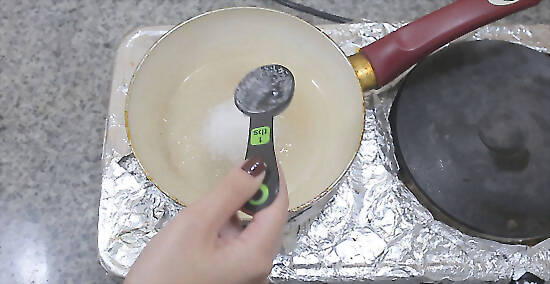
Heat oil and salt in the pan. Pour two tablespoons of vegetable-based oil into the pan. Heat the pan over medium heat. Add three tablespoons of salt into the pan. Lift the pan from the heat and shake the pan until the oil and salt are evenly distributed. Once the pan has cooled, follow up with hand washing. Use sea salt, if you have it. If not, you can use table salt.
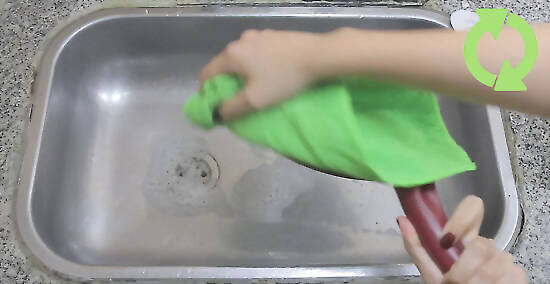
Dry your pan immediately by hand. Don’t put your pan away while it’s still wet. Prevent rusting of your pan by ensuring that it’s completely dry before storing it. Use paper towels or a soft dish rag.
Using Your Nonstick Pan
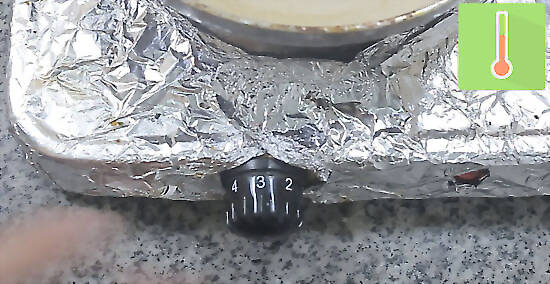
Protect your pan from heat. Coat your cold pan evenly with butter, oil or fat before switching on the heat. Don’t use high heat for cooking with your nonstick pan. Use low or medium heat. A coating of fat both protects and aids the nonstick surface of your pan. High heat can ruin the surface of your pan, as well as potentially emit toxic fumes.
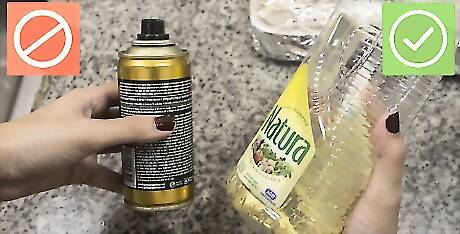
Don’t use non-stick cooking sprays on your pan. Substitute this ingredient with oil, such as from an oil mister. Non-stick cooking sprays contain additives that build up on nonstick cookware, resulting in food that cooks unevenly. The buildup from nonstick spray won’t burn off during the cooking process, and is difficult to remove.
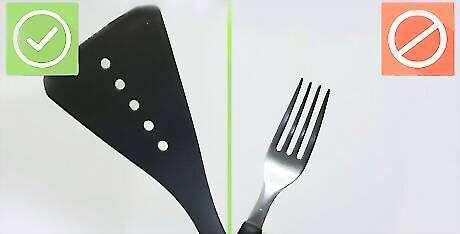
Prevent metal and sharp objects from coming in contact with the pan. Use cooking utensils that won’t damage your nonstick pan. Don’t use knives, metal cooking utensils, or steel wool on your pan. Never cut your food while it’s still in the pan, or blend it with a metal whisk. For example, use materials that won’t scratch your pan, such as plastic, nylon, silicone or wood.
Maintaining Your Nonstick Pan

Season your pan with oil. Consult with the instructions that came with your pan to see how often, if at all, you should season your pan. Rinse and dry the pan completely. Rub a teaspoon of oil on the inside of the pan with a paper towel. Put the pan in an oven preheated at 300°F (149°C) for one hour. Once the pan has cooled, wipe off the oil with paper towels. If your pan has a nonstick coating, it may wear off with use over time. Seasoning your pan can make it last longer. For example, you may want to completely season your pan semiannually. Rub it with a small amount of oil every time before you use it.
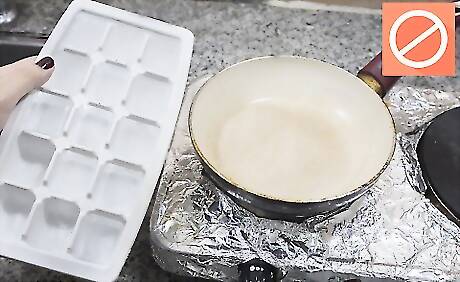
Don’t subject your pan to sudden temperature changes. Allow the pan to cool naturally after it’s been heated. Don’t run your pan under cold water while it’s hot, or vice versa. Sudden temperature changes can cause nonstick cookware to warp, preventing heat from evenly distributing in the future.
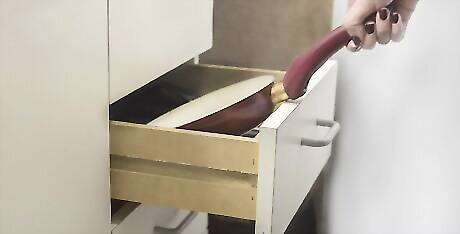
Store your pan with care. Hang your pans to store them, if possible, with decent space in between. If you must stack them, do so away from hard corners and sharp objects. Put a paper towel in between your pan and other cookware. Padding your pan with a paper towel will help you to take the pan out without scraping it against other cookware.




















Comments
0 comment